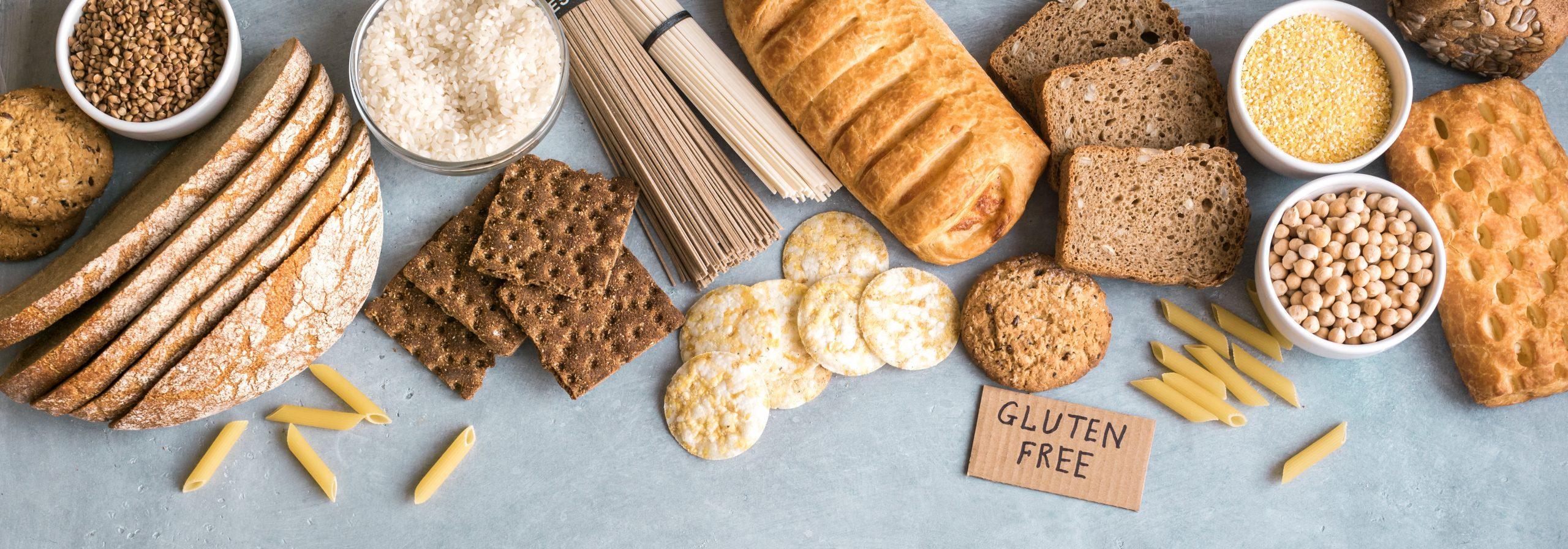“This-free” or “No-that” products are the stars of today’s mass market.
Sugar-free, low-salt, lactose-free, gluten-free, no palm oil products and more are becoming ever more popular with consumers. While many people (those with celiac disease, allergies, high blood pressure, etc.) adopt the products for health reasons, others do it for no compelling medical reason, like those who have gone gluten-free even though they are not gluten intolerant.
Some products, like veggie burgers, have been around for quite some time. Others, like lactose-free dairy products, are more recent. According to a 2017 Nielsen study, projected combined growth for those different segments should range from 20 to 50%, particularly for gluten-free and vegetarian options.
Supermarket chains have launched a massive reformulation of their store’s-own-brand products, urged on by mobile apps like Yuka and Scan Up, which reveal what products sometimes try to hide. But the trend is actually a huge marketing opportunity.
“By changing their recipes, the food industry will attract new consumers.“
And in order to respond to that demand, ingredient suppliers and producers are coming up with innovative new alternatives. The difficulty that remains for this market is that sales prices are still relatively high. But as supply goes up, prices should come down.
Key figures of “-Free” and “No-” products sector in France
Flexitarianism is French people’s favorite diet.
1 French person in 10 follows a “something-free” diet.
In 2016, the revenue of lactose-free milk market was 71.8 billion euros, +14.3% compared to 2015.
In 2016, the revenue of gluten-free bread market was 21.3 billion euros, +76.6% compared to 2015.
In 2016, the revenue of gluten-free pasta market was 9.2 billion euros, +67% compared to 2015.
The Top 5 logos and labels French consumer looks for :
1. Food Coloring and Preservative-Free
2. Non-GMO
3. No Palm Oil
4. No Bisphenol
5. No Nitrites


